This gives us an idea of the scale of the threat to asset values and banking posed by higher interest rates, which are now all but certain. The prospect of contracting financial asset values is potentially far worse than in any post-war financial crisis, because the valuation base for them starts at zero and even negative interest rates in the case of Europe and Japan.
I focus on the dollar because it is everyone’s reserve currency and I show why a significant bear market in financial asset values is likely to take down the dollar with it, and therefore, in that event, threatens the survival of all other fiat currencies.
Introduction
Dickensian attitudes to debt (Annual income twenty pounds, annual expenditure twenty pounds ought and six, misery) reflected the discipline of sound money and the threat of the workhouse. It was an attitude to debt that carried on even to the 1960s. But the financial world changed forever in 1971 when post-war monetary stability ended with the Nixon shock, exactly fifty years ago.
…click on the above link to read the rest of the article…







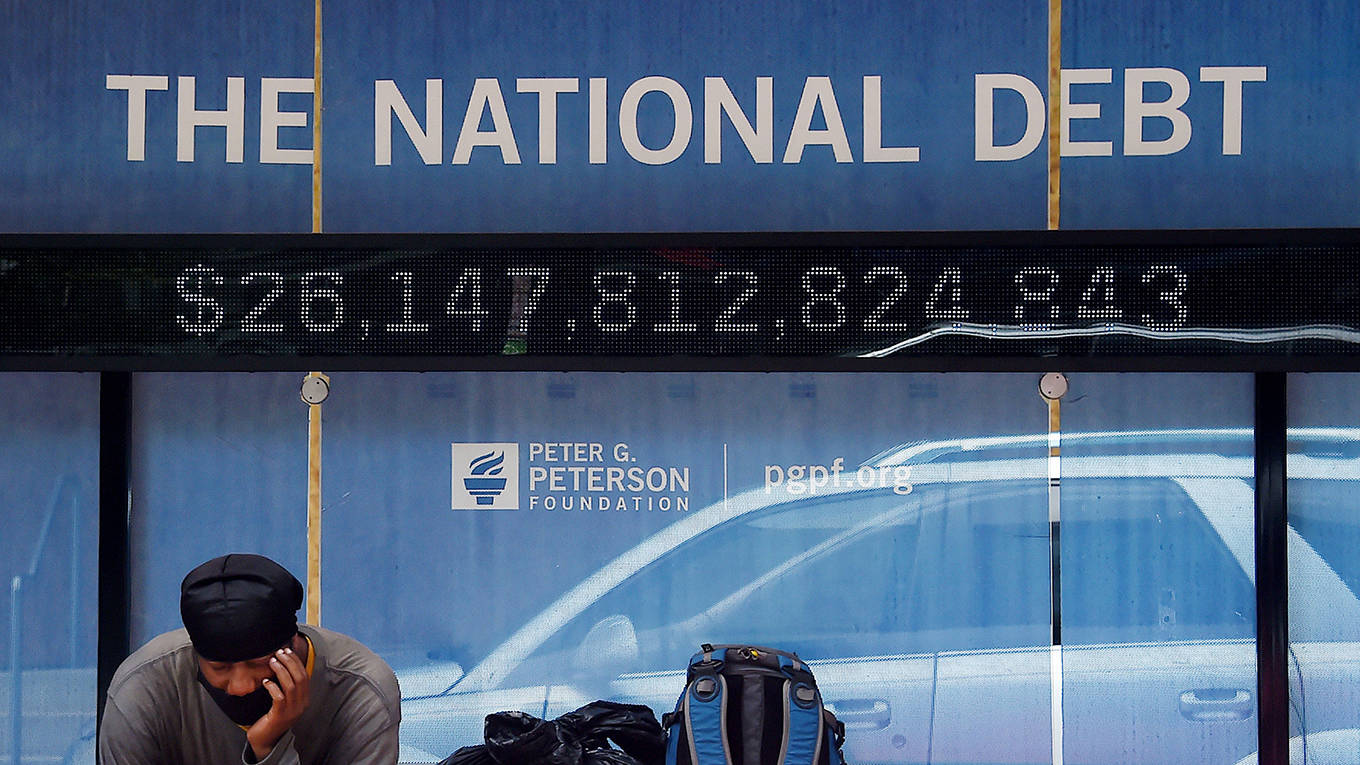
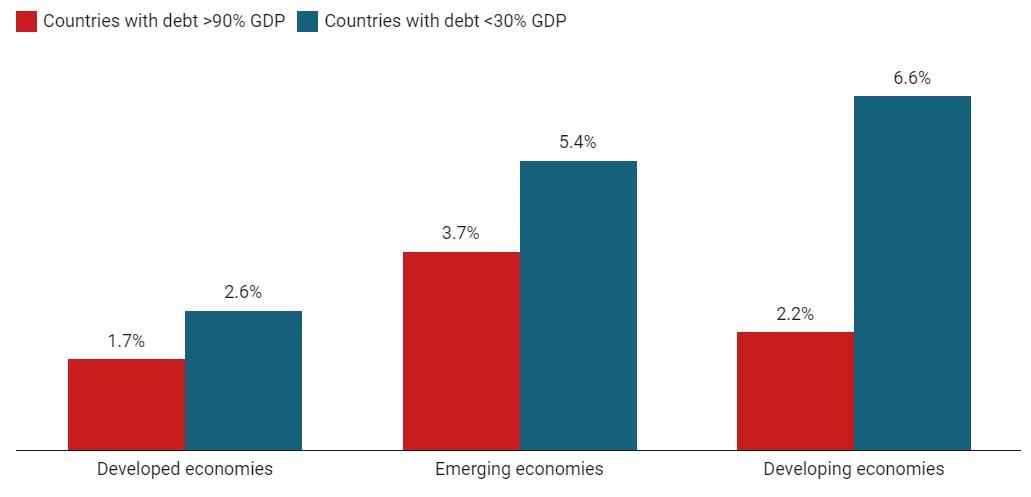

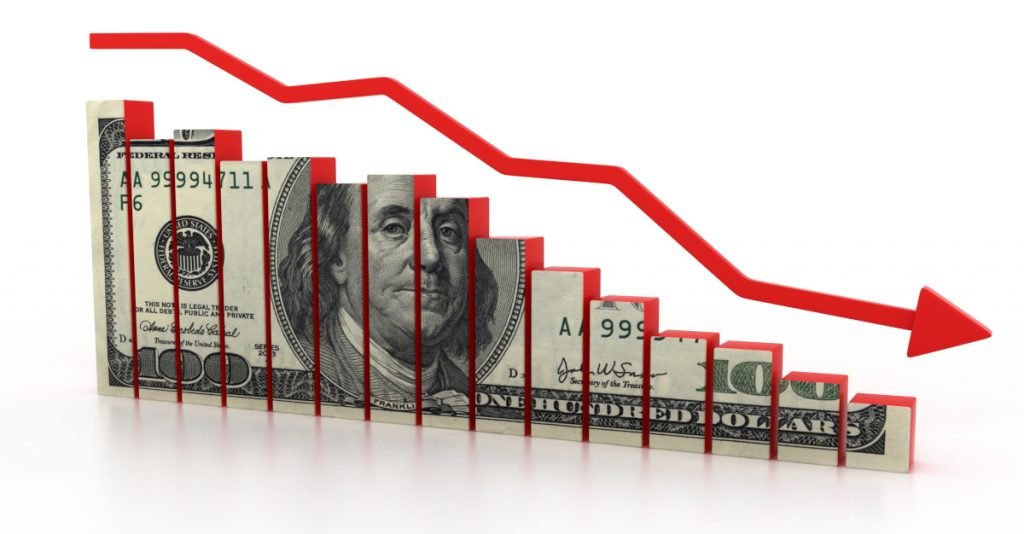

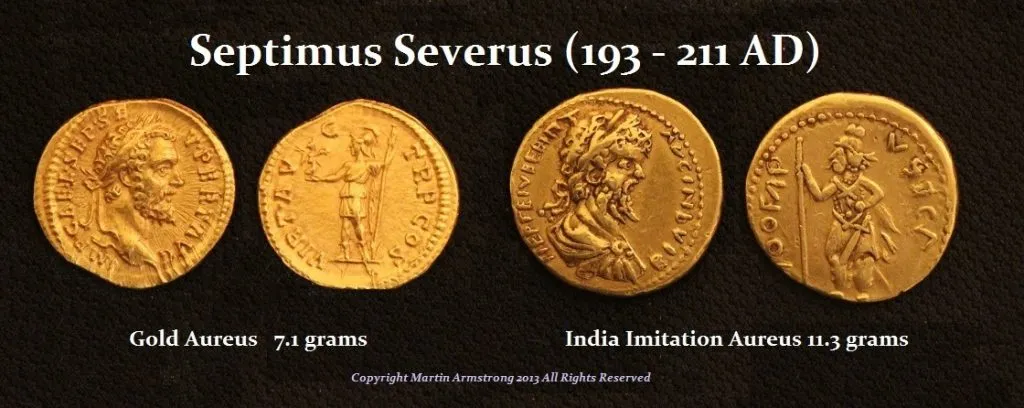

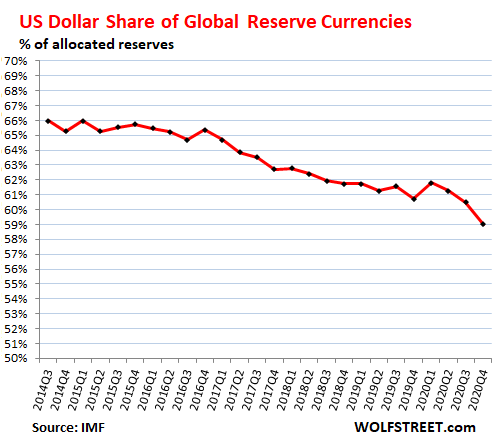
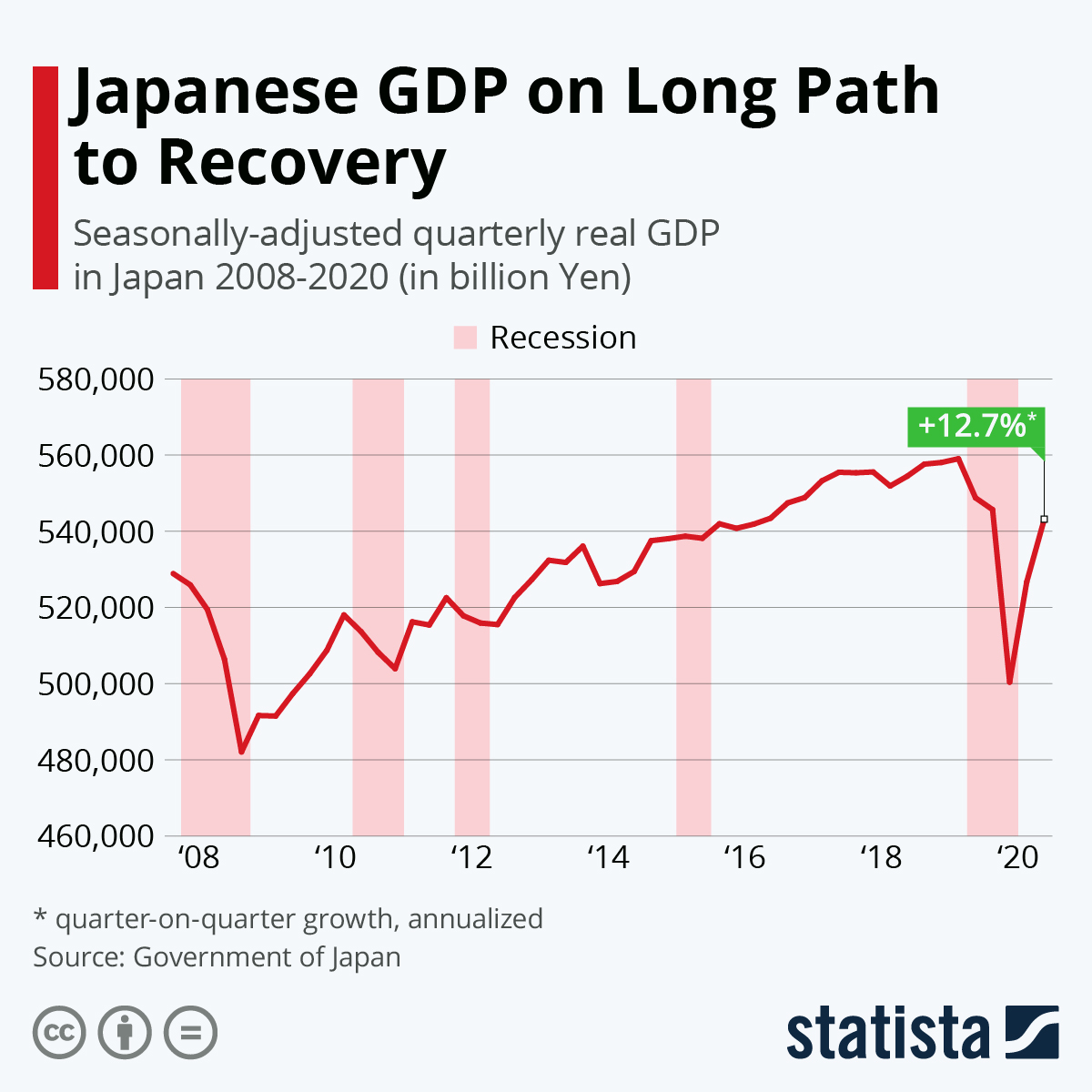



NEW YORK – In April, I warned that today’s extremely loose monetary and fiscal policies, when combined with a number of negative supply shocks, could result in 1970s-style stagflation (high inflation alongside a recession). In fact, the risk today is even bigger than it was then.
After all, debt ratios in advanced economies and most emerging markets were much lower in the 1970s, which is why stagflation has not been associated with debt crises historically. If anything, unexpected inflation in the 1970s wiped out the real value of nominal debts at fixed rates, thus reducing many advanced economies’ public-debt burdens.
Conversely, during the 2007-08 financial crisis, high debt ratios (private and public) caused a severe debt crisis – as housing bubbles burst – but the ensuing recession led to low inflation, if not outright deflation. Owing to the credit crunch, there was a macro shock to aggregate demand, whereas the risks today are on the supply side.
We are thus left with the worst of both the stagflationary 1970s and the 2007-10 period. Debt ratios are much higher than in the 1970s, and a mix of loose economic policies and negative supply shocks threatens to fuel inflation rather than deflation, setting the stage for the mother of stagflationary debt crises over the next few years.
…click on the above link to read the rest of the article…